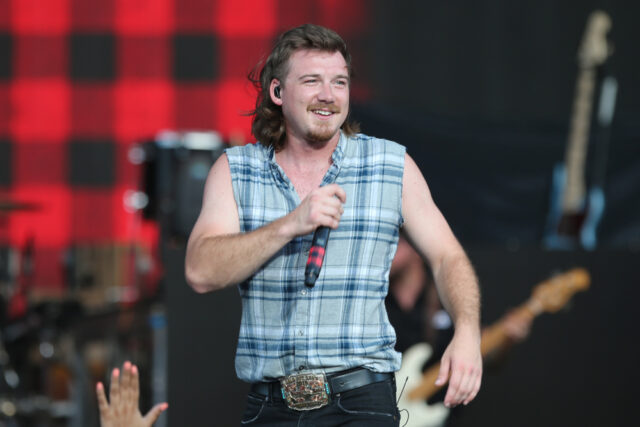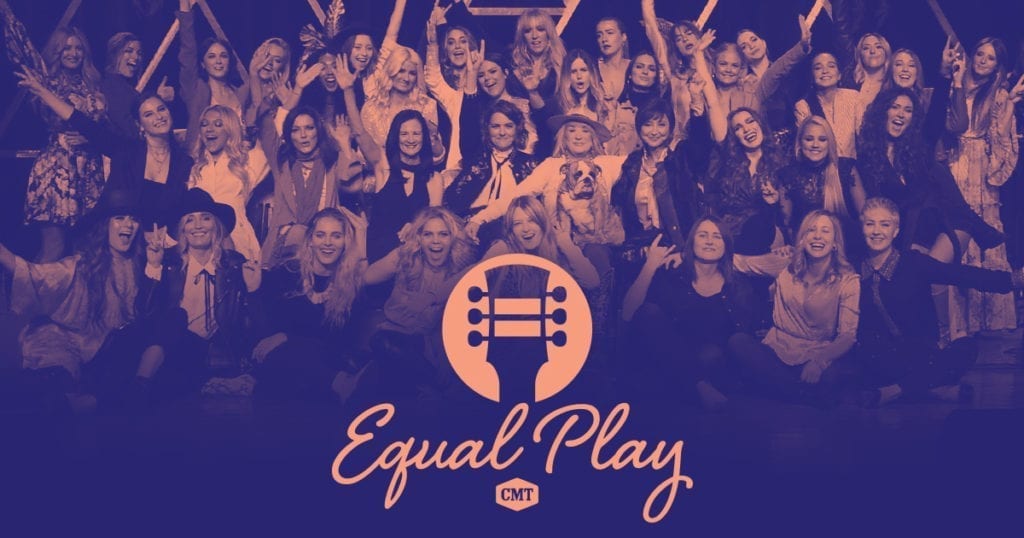
What a time to program Country music.
At the time of this writing, the top two songs on the Billboard Hot 100 are “A Bar Song (Tipsy)” by Shaboozey and “I Had Some Help” by Post Malone Featuring Morgan Wallen. There are three Morgan Wallen songs in the Top 20. Keep going to find Marshmello & Kane Brown. Dasha. Eminem & Jelly Roll. Luke Combs. Post Malone Featuring Blake Shelton.
The amount of Country crossovers to Pop is mesmerizing, bordering on a phenomenon.
Morgan Wallen himself is stratospheric. One could argue that he’s the current Country version of Metallica, so popular he’s worthy of his own category. Mandatory Morgan, every night at 9!

Morgan Wallen is a crossover hit machine. (Credit: Debbie Wong/Shutterstock.com)
All of this is good news, right? The blurred lines between Country and Pop have certainly broadened the base of the format and created mainstream superstars in a way the Country format could never have done on its own. The Wall Street Journal recently explained that the fans, not the more traditional airplay agenda of record labels in Nashville, are driving this moment.
We see fascinating changes in our research, specifically greater listenership sharing between Country and Pop and Rock radio stations.
The real question is, how does Country radio handle this moment? Just how different are the Country streamers and Country radio listeners? How different are the core and casual Country fans?
It is undeniable that older, traditional notions of what music styles many Country fans want to hear are being thrown out the window, as more and more fans grow up hearing new variations and format fusions.
But what impact will this have on the brand of Country radio stations? How can Country radio truly meet this moment, welcoming a new, different audience without alienating its core?
We believe we don’t know the answer yet, and those in the format need to keep an open mind. If there was ever a time to deploy focus groups and other qualitative research within Country, this would be it. Explore the factions, the blurred lines, and determine which approaches work and which ones don’t.
It’s an exciting time for Country Radio, and if handled properly, a potential inflection point for generational growth. No problem gettin’ tipsy on all this great new music—let’s just not get kicked out the bar!



